- Topics
-
Topics
See our analysis on civil society and how it shapes culture, politics, and policies
Read our insights on the shifting political landscape and what it means for Palestine
Learn more about the policies and practices shaping the Palestinian economy
Strengthen your understanding of the unique conditions for Palestinian refugees across the Middle East
-
- Analysis
-
Analysis
In-depth analysis on existing or potential policies that impact possibilities for Palestinian liberation.
Insights and perspectives on social, political, and economic questions related to Palestine and Palestinians globally.
Concise analysis into a specific policy, its background and implications.
Commentary that brings together insights from multiple analysts.
Compilations of past Al-Shabaka works surrounding a specific theme.
Longer-form, ad hoc projects that seek to confront research questions outside the scope of our regular analysis.
A policy-driven research initiative by Al-Shabaka: The Palestinian Policy Network.
Our monthly webinar series that brings together Palestinian experts.
Featured
The global reckoning that followed October 7, 2023, marked a profound rupture in how Palestine is understood worldwide. The Gaza genocide exposed how Israeli mass violence is not exceptional or reactive, but foundational to the Zionist project. What was once framed as a “conflict” to be managed is now widely recognized as a system of domination to be dismantled. It ushered in a shift away from the technocratic language of peace processes and toward an honest confrontation with the structural realities Palestinians have long named: settler colonialism, apartheid, and the ongoing Nakba. The commentary argues that the Israeli genocidal campaign in Gaza has radicalized the world. When crowds march through global capitals demanding a free Palestine, they simultaneously articulate demands for the abolition of racial capitalism, extractive regimes, climate injustice, and all forms of contemporary fascism. In this moment of radical clarity, Palestine becomes a lens through which the underlying architecture of global domination is laid bare—and through which new horizons of collective freedom emerge.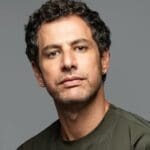 Tareq Baconi· Dec 21, 2025Inès Abdel Razek and Munir Nuseibah joined Al-Shabaka for a conversation on the politics behind the UNSC resolution, the implementability of the US-Israeli plan, and the scenarios now being advanced for Gaza and for Palestine more broadly.
Tareq Baconi· Dec 21, 2025Inès Abdel Razek and Munir Nuseibah joined Al-Shabaka for a conversation on the politics behind the UNSC resolution, the implementability of the US-Israeli plan, and the scenarios now being advanced for Gaza and for Palestine more broadly.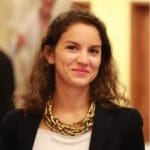
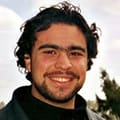 European empires used Christian missions to legitimize conquest in Africa and advance imperial interests, laying the groundwork for a political form of Christian Zionism. British evangelicals were central in transforming Christian Zionism from a theological belief into an imperial strategy by promoting Jewish resettlement in Palestine as a means of extending British influence. This fusion of religious ideology and imperial ambition endures in contemporary Christian Zionist movements, which frame modern Israel as the fulfillment of biblical prophecy and recast Palestinian presence as an impediment to a divinely ordained order. This policy brief shows how these narratives and their policy effects have taken root in the Global South, including in South Africa. In this context, Israeli efforts increasingly rely on Christian Zionist networks to weaken longstanding solidarity with Palestinians and cultivate support for Israeli occupation.
European empires used Christian missions to legitimize conquest in Africa and advance imperial interests, laying the groundwork for a political form of Christian Zionism. British evangelicals were central in transforming Christian Zionism from a theological belief into an imperial strategy by promoting Jewish resettlement in Palestine as a means of extending British influence. This fusion of religious ideology and imperial ambition endures in contemporary Christian Zionist movements, which frame modern Israel as the fulfillment of biblical prophecy and recast Palestinian presence as an impediment to a divinely ordained order. This policy brief shows how these narratives and their policy effects have taken root in the Global South, including in South Africa. In this context, Israeli efforts increasingly rely on Christian Zionist networks to weaken longstanding solidarity with Palestinians and cultivate support for Israeli occupation. Fathi Nimer· Dec 7, 2025
Fathi Nimer· Dec 7, 2025
-
- Resources
- Media & Outreach
- The Network

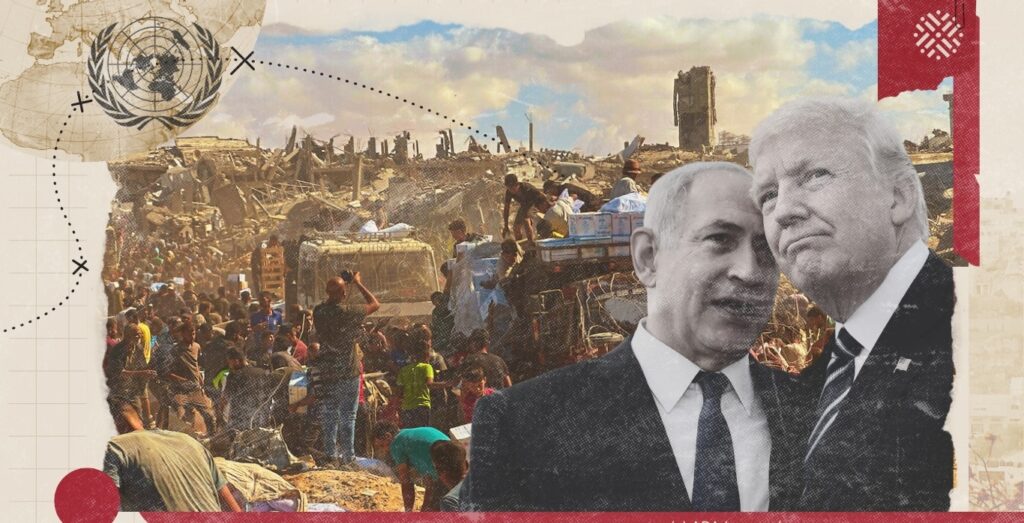
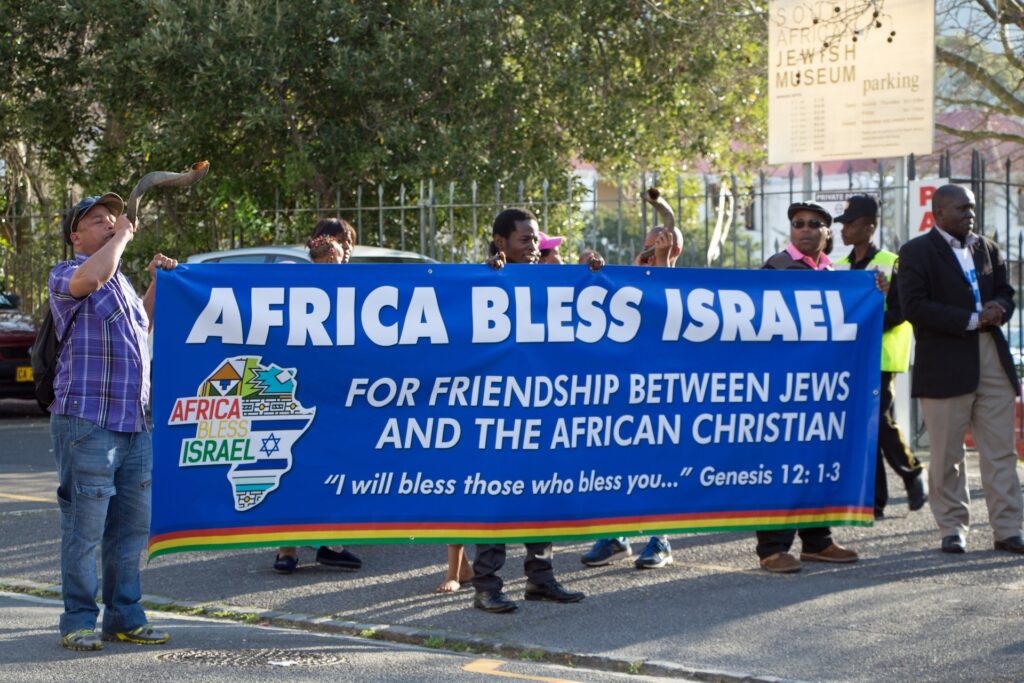

The Missing Narratives in Palestinian Schoolbooks
Storytelling has been used for centuries to narrate and interpret the world. In the Palestinian context, the power of storytelling lies in preserving Palestinian memories and in countering the dominant Zionist narrative of the Nakba (literally, the catastrophe, the Palestinian dispossession and expulsion by Israel in 1948). Unfortunately, the Palestinian Authority (PA) Ministry of Education and Higher Education has not incorporated Palestinian refugee stories about the Nakba in Palestinian textbooks. Other official bodies have also ignored the importance of non-formal means of education, such as storytelling, in the Palestinian education system although they have the potential to give children a better sense and understanding of their own history and make up the shortfall in the textbooks.
In 1994 the PA took control of the education sector in Palestine after many decades of supervision by non-Palestinian authorities: The British mandate before 1948, Jordan and Egypt until 1967, and the Israeli occupation authorities between 1967 and 1994. It was only in 2006 that Palestinians completed the school textbooks for grades 1-12. Prior to 1994, Palestinian textbooks that contained any sense of Palestinian nationalism were confiscated; students and teachers could be arrested and even killed.1 However, when at least one segment of the Palestinian people, those living under occupation in the West Bank and Gaza Strip, was finally able to write its own curricula the most fundamental aspects of Palestinian history received short shrift.
The new Palestinian curriculum has been developed in the context of the Israeli-Palestinian conflict, and Israel and its supporters perceive any material about Palestinian nationalism as “anti-Semitic” and as encouraging incitement. Israel’s allegations against PA textbooks have been widely accepted in the United States as absolute truths and have even been used in U.S. elections. For example, Hillary Clinton attacked the textbooks when she was running for Senate and later co-signed a letter against them. However, these allegations were unfounded as yet another report on Palestinian and Israeli textbooks, this time funded by the State Department, recently revealed.
Unfortunately, the PA appears to have responded to the international criticism of the new textbooks by giving a vague and cursory portrayal of the Nakba and the refugee problem instead of developing a curriculum that eloquently portrays the question of Palestine. For example, the national education textbooks taught to students from the first to fifth grades present very general and basic information about the refugee camps inside and outside of Palestine, and the word “Nakba” is not mentioned until the fifth grade. Even when it is mentioned it does not elaborate why or how Palestinians were forcefully displaced.
The texts taught to the sixth and seventh grades do refer to the Israeli take-over of Palestine in 1948, the destruction of Palestinian villages and cities by Zionist forces, the Palestinian expulsion, and the role of Palestinian resistance during 1947-1948. However, the national education textbooks in the secondary level deal very briefly with the refugee problem, the establishment of the UN Relief and Works Agency (UNRWA), and the right of return in the eighth grade, while ninth grade textbooks skate over such important chapters of Palestinian history as the destroyed Palestinian villages, UN General Assembly Resolutions 181, 194 and UN Security Council Resolution 242.
In the Palestinian curriculum, history is taught from the fifth grade, yet a comprehensive account of the refugee problem is not presented in the history books taught to students from the fifth to the eighth grades. A lesson on the question of Palestine is set out in the ninth grade, in which the 1948 war is conveyed in a few lines. It is not until the eleventh grade that an entire unit is dedicated to the history of Palestine between 1948-1967, including the 1948 war, the refugee question, UN General Assembly Resolution 194, and the killing of Palestinians in Deir Yassin, Lydda and Al-Tantura.
In short, a review of the PA’s national education and history textbooks reveals that the Nakba, the refugee question and the right of return have not been comprehensively addressed in the Palestinian curriculum. There is therefore a pressing need to compensate for the gaps in the curriculum, and to educate children about their own history. This is where storytelling can play an important role by enabling teachers to educate children about the uniqueness of their history. Teachers can do so by hosting first generation refugee men and women, among other generations of refugees, in Palestinian schools to talk about their lives and experiences.
This will not only help to educate children; it will also offer recognition of the value of the refugees’ stories and create a bond between the storytellers and their audience. For instance, I recall a first generation refugee woman who gave a lecture at the Friends School in Ramallah about life before the Nakba and after she and her family were suddenly and brutally transformed into refugees. She recounted her experience of the lecture with pride, saying that it gave her a sense that her story was being heard and that the children were “glad to listen to my story and were angry with what happened to us.”2
As children listen to the accounts of the Nakba, they begin to perceive the events from a new light. The accounts of how lands were colonized, destroyed and dispossessed, enable children living under Israeli occupation to relate their present to first generation refugees’ past and to comprehend the Zionist policy that even predates the Nakba of ethnically cleansing historic Palestine of its indigenous inhabitants.
It is not only the narratives of refugees that are neglected but those of women in particular. Due to the exclusion of Palestinian women’s narratives from the “national” Palestinian discourse and history as well as within the household, we especially need to listen to and promote women’s stories in schools. Giving Palestinian women space to speak and tell their stories to schoolchildren would help to counter the image of women as being ignorant of history. Because Palestinian women tell their stories differently from men, they also shed light on less explored aspects of the Nakba, such as how refugees are stereotyped within Palestinian society.
Until they can address the gaps about the Nakba, the refugee problem, and the right of return in the Palestinian curriculum, Palestinian policy makers need to promote storytelling in schools. In addition to informing children about the historical events and their links to the present, storytelling has other values, and is known to increase a child’s concentration, vocabulary, and the ability to think symbolically and metaphorically.3 It is a far better way to understand history than by rote learning. Indeed, the Palestinian education system should move beyond old teaching methods where the students and teachers conduct all their classes in a structured closed classroom. Introducing interactive teaching methods into the Palestinian education system that include community involvement is an educative and exciting experience for both the students and the storytellers.
Given the many benefits of storytelling, Palestinian policy makers should encourage Palestinian refugees, men and women, to share their stories with children. The Ministry of Education and Higher Education in coordination with the Ministry of Culture can organize the school schedule to allocate a regular time to host Palestinian refugees in schools, especially in primary schools.
It is of course important to take into account that Palestinians have not experienced the Nakba in the same way or with the same consequences, with variations between men and women, rich and poor, old and young and those who were forced to leave and those who stayed.4 There is more than one story of the Nakba to tell and there must be space for different experiences and understandings.
At the same time, it is vital to reevaluate some of the courses taught to children, particularly history and national education, and to include a more comprehensive account of the Nakba and of the right of return. It would also be useful to more formally integrate the oral testimonies of Palestinian refugees in the Palestinian curricula.
PA policy makers should move fast to encourage storytelling in schools given that the first generation of refugees is facing extinction although it is of course still possible to take advantage of the experiences of their children and grandchildren. In addition, there have been many oral history projects to record their memories and to preserve their documents, such as those undertaken by Rosemary Sayigh, the Birzeit University Palestinian Archive Project, and BADIL, among many others.
Based on interviews I conducted teachers would welcome such an intervention.5 For example, one history teacher emphasized that when “explaining Palestinian history to children I cannot depend on Palestinian curricula. There should be another curriculum. I’m willing to give classes to children after school about the Nakba. We have to explain to our children where they’re originally from, because otherwise the narrative will be lost along with our existence on earth”.6
Though there is no single comprehensive narrative of the Nakba, the PA must also include the authoritative and literary accounts of refugee experiences in school curricula. The writings of Walid Khalidi, Ghassan Kanafani, Edward Said, and Mahmoud Darwish among many others should also be given more space in Palestinian schoolbooks. If Palestinian children are not learning the historical, critical and literary dimensions of the Nakba, then we are raising entire generations that are ignorant of their own history. Moreover, we may be inadvertently contributing to the Zionist effort to erase Palestinian history and memories. Nakba narratives may prove a powerful educational tool for teaching our histories and contextualizing the trajectory of our ongoing colonization.
Zarefa Ali
Latest Analysis
The World Radicalized by the Gaza Genocide
Legitimizing Genocide: The Israel-Trump Plan and Gaza’s Future
Christian Zionism in the Global South: The Case of South Africa
We’re building a network for liberation.
As the only global Palestinian think tank, we’re working hard to respond to rapid developments affecting Palestinians, while remaining committed to shedding light on issues that may otherwise be overlooked.